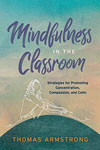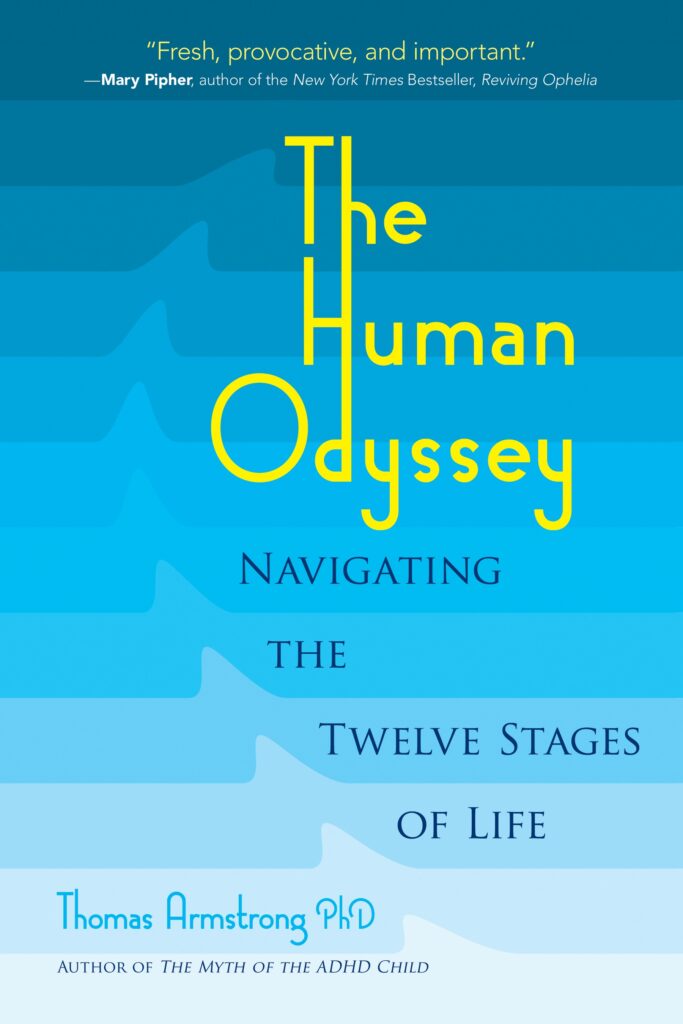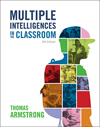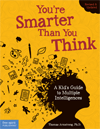 In many parts of the country today, it’s up to parents to supervise their children’s or teen’s education due to the school closures resulting from the COVID-19 pandemic. As part of an effort to get parents up to speed on things they can do with their kids that promote their academic development, here are some strategies that you can use to teach them the writing skill of knowing how and when to use different punctuation marks.
In many parts of the country today, it’s up to parents to supervise their children’s or teen’s education due to the school closures resulting from the COVID-19 pandemic. As part of an effort to get parents up to speed on things they can do with their kids that promote their academic development, here are some strategies that you can use to teach them the writing skill of knowing how and when to use different punctuation marks.
Different strategies will work with different kinds of learners, and so I’ve used Howard Gardner’s theory of multiple intelligences as a framework for looking at the different types of learning strategies you might employ. Gardner says there are at least eight intelligences, and while your kids have all eight, certain of them are likely to be more effective than others in teaching them something new (see my checklist for identifying your child’s multiple intelligences). Here we’ll be looking at four different punctuation marks: the question mark, period, comma, and exclamation point.
- Word Smart: Word Smart kids will probably do just fine with some simple verbal explanations of how the different punctuation marks function in a text, plus going over some sample texts and actually spotting the different marks and noticing what they do.
- Number/Logic Smart: Get a small box and divide it into four compartments, one for each of the punctuation marks (write them on the side). Then prepare a number of sentence stubs (say, four stubs for each mark, for a total of sixteen sentence stubs) without the necessary marks on them that should be there (e.g. ”When do I get to have lunch” ”I am so excited about this party” ”If you insist then I will be sure to do what you say that is if you really mean it.” ”A dog usually has four legs”). Then have your child sort the different sentence stubs into the relevant compartments (e.g. ”A dog usually has four legs” would go into the Period compartment).
- Picture Smart: create images that correspond in form and meaning to each mark; so a question mark might be a ”hook” because questions ”hook” us into requiring an answer; an exclamation mark might be a staff that you pound on the floor when you want to express a strong emotion; a period = a point [it’s a symbol for itself] because you want to make a point, pure and simple; and a comma = a brake pedal on a car because you need to stop temporarily in the middle of a sentence before going on. Have kids make these images into art work, or create the images in the text itself when they run into the marks as they read (make sure its okay to mark in the book).
- Body Smart: read sentences to your kids and when you come to a punctuation mark, have them put their bodies into the shape of the mark indicated (e.g. a curve body posture for a question mark). When they come to an exclamation mark, have them stamp their foot or take a broom handle and stamp it on the carpet. For a comma, they might make as if they are braking a car. For a period, have them jump up quickly. Kids may have fun creating their own body descriptions of the marks.
- Music Smart: Musician and comedian Victor Borge has recorded a great musical lesson on punctuation marks (he includes quotation marks). See it on You Tube. He has a different sound for each mark. Practice making his sounds while you read a text (as he does). You could also have your kids make up their own sounds for the different punctuation marks.
- People Smart: Make cards that have the different punctuation marks (4 cards per person). Play a card game (2 persons minimum). Have a third person read from a text. Whenever a punctuation mark appears, have the person stop and wait. The first person to throw down the right card wins that round.
- Self Smart: Have your child write their own sentences using each of the punctuation marks. The sentences should relate to their own personal lives (e.g. a question they’d like answered (?), a statement they feel strongly about (!), a fact they know about (.), and a long sentence that describes themselves, where one or more (,’s) are required.
- Nature Smart: Have your child come up with an animal sound for each of the punctuation marks (e.g. a period might be a dog barking, a comma, a duck quacking, a question mark, a cat meowing, an exclamation mark a lion roaring). Read a passage from a text, and stop at each punctuation mark and have your child make the appropriate animal sound.
You don’t have to use all the activities listed (unless you want to), but might focus on those that relate to what kind of learner your child is (e.g. a Music Smart kid might respond best to the Victor Borge sounds or the animal sounds activity). Make sure after you teach these marks, that your child engages in writing in meaningful ways, so that he has practice in putting in the correct marks as he writes (and you can check his work periodically to see how he’s doing – do this in a playful way, e.g. ”you left the [make roaring sound] out” (the exclamation mark)!
For more ideas on developing literacy-related learning strategies based on the eight intelligences, see my book The Multiple Intelligences of Reading and Writing: Making the Words Come Alive.
This page was brought to you by Thomas Armstrong, Ph.D. and www.institute4learning.com.
Follow me on Twitter: @Dr_Armstrong



















